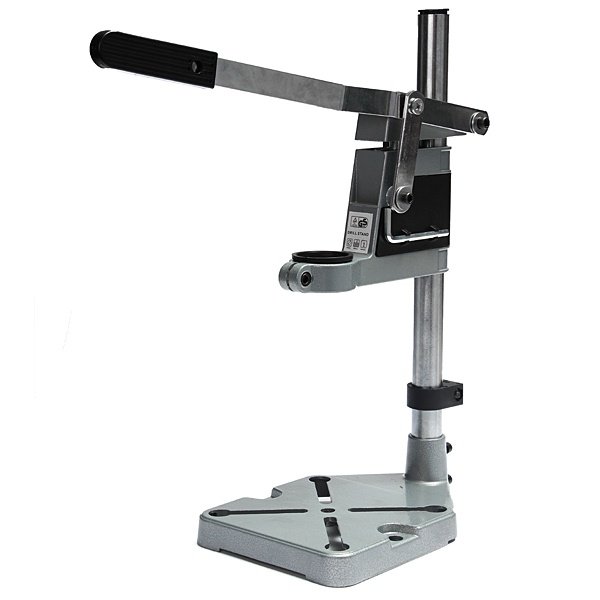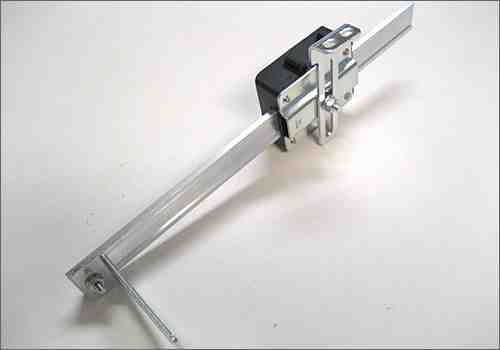


I don't want to hijack this thread but please someone who really knows tell me why or why not this procedure with a drill chuck is desirable or necessary. NOTE: You will notice as you progress from one key hole to the next there will be increasing resistance to tightening the key. rotate once more and you should find the key will not tighten any more and the bit is secure. hand rotate the chuck again and lightly tighten in the third key hole hand rotate the chuck and lightly tighten in the second key hole using the chuck key, lightly tighten the chuck in one of its key noles after making sure the drill bit is centered in the chuck, hand tighten the chuck If I am doing it right, what else should I check?Ĭharlese wrote:Seems we are forgetting the possibility of the drill bit slipping in the chuck.Īlthough maybe not necessary, I will remind of the best drill chuck procedure: Note that I get the same problem - shallower and shallower holes - wherever I set the dial by the feed stop. The first few are okay but by the fourth or fifth one, the cut is shallower. I extend the quill to check - and it stops exactly at the depth I want. Lock the quill to hold the bit at that depth. Here's what I've been doing.Įxtend the quill so the the bit is at the depth I want. So now I'm thinking it's user error, that is, my fault. Still the same issue with the holes getting shallower. So I changed to a larger bit that seemed to bottom out in the chuck and drilled some holes in a piece of scrap lumber. Then I though the the bit might be getting pushed deeper into the chuck a bit. The holes got shallower but the mark on the stick showed that the table was still exactly where it had been. So I used a stick to mark how high it was and drilled a few holes. My first idea was that the table was sinking but it seemed solid. The depth stop is still stopping the movement but not as deep as before. It seems to work okay on the first couple of holes but the holes get shallower and shallower as I go along. However, the depth control on the drill press has baffled me.

The tape method is an option if you want a super fast stop gauge but I prefer a jig or my pegboard template and a scrap of 2×2 and regular old drill bit.I recently bought a 1989 vintage Shopsmith in good shape and have have figured out most everything. The tape can move, or your drill can go too deep very quickly…

I personally will create a stop block, even if I’m just drilling a few holes because I don’t find the tape method to be very accurate. Drill through the center of that block of wood and you are ready to easily drill all your holes to your predetermined depth.Īnother option is to use a bit of painters tape and mask off where you want to stop the drill if you are just drilling a few holes.Now cut a 2×2 scrap of wood to stop the drill bit when you reach that depth.(when using a template, you have to add the thickness of the template to the depth you wan the hole to be) Determine how deep you want the drill bit to drill into your wood.Simply secure a drill bit that matches the diameter of your shelf pins into your drill.I use jigs like this if I’m building a smaller cabinet and won’t have to move the jig 5 times to reach the entire length of the cabinet. This jig from Rockler (which comes with a special bit) that ensures your holes are lined up perfectly on both ends of each side. There are gadgets and jigs that you can make or buy if you don’t want to make a template. I find that for a big projects (like Beckie’s studio Sawdust Diary or my library) where you are building several (or LOTS) of the exact same, very large cabinet, it’s fastest way to drill your (adjustable shelf) shelf pin holes is to make a template that fits your cabinet sides exactly - and use a drill bit with a stop block. Maryville TN House Tour – Completed Rooms.


 0 kommentar(er)
0 kommentar(er)
